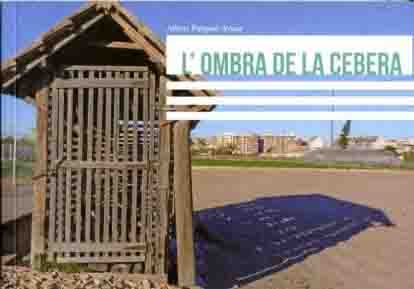As in other parts of l’Horta of Valencia, the ceberes, a warehouse that served to protect and store onions and in some cases other agricultural products and that only exists in Valencia, were built in Francs, Marjals and Extremals of Valencia city during the 19th and 20th centuries. These are a construction of wood, cane and mud, in some cases with tiles, used as warehouses for the harvesting of onions from the fields of peasant families. Although onions are a well-known agricultural and food product that has been used since ancient times, it was only after the possibility of commercialisation in good conditions abroad that their cultivation spread throughout l’Horta of Valencia and, as a consequence, the need to preserve them for some time until they were exported arose. Despite some differences in the materials used to build them, they are basically quite similar in shape and appearance. A small rectangular nave with a sloping roof, a door at each end and walls with holes to facilitate air circulation to safeguard the harvest. They are usually about one metre wide and up to a dozen metres long. Considering the materials used, they are a more fragile constructed element than other buildings, and this also explains their general disappearance, as well as the loss of functions due to the change in crops over the last few decades.
To learn more about the Castellar-Oliveral ceberes catalogue, consult this book: Albert Pasqual Aznar, L'Ombra de la Cebera, 2017.
|
|
|













